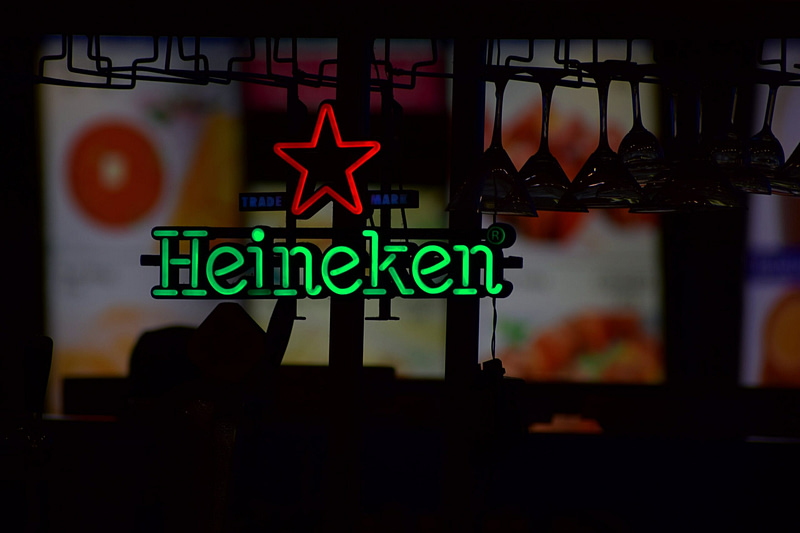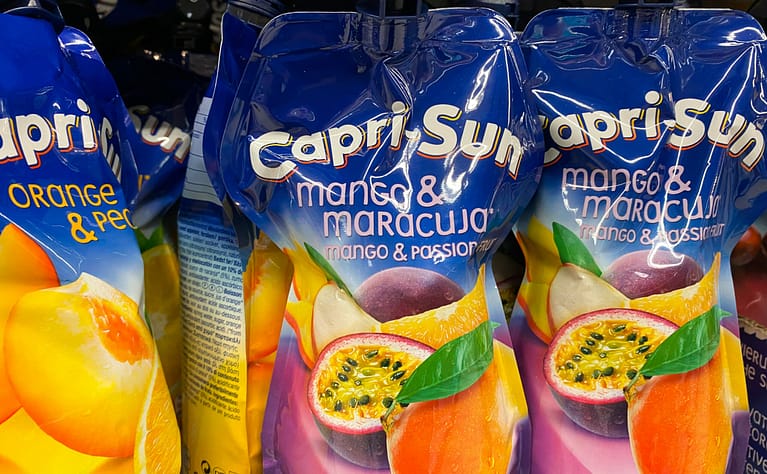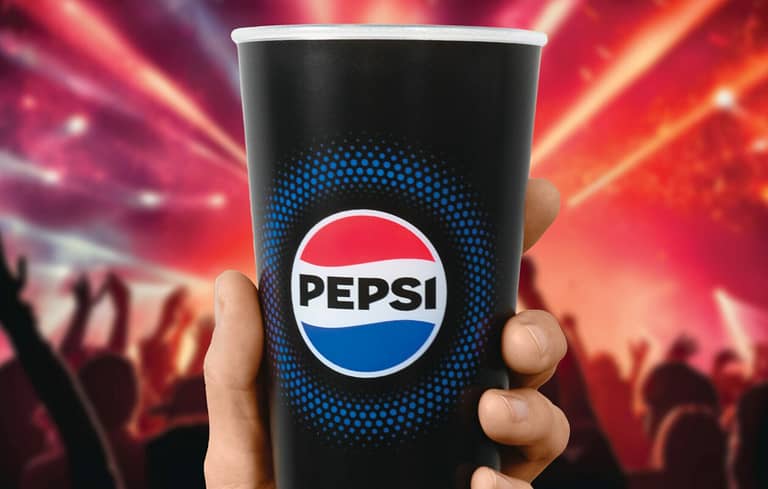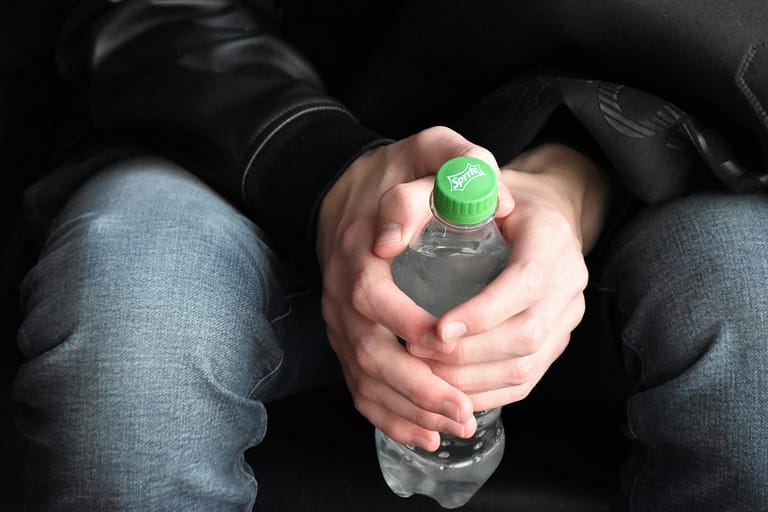Image source: Smit Patel, Unsplash
Heineken launches program to decarbonize packaging suppliers
Thomas Reiner | 08.07.2022
Brewing group Heineken is launching a program to accelerate the reduction of the carbon footprint of its 50 key suppliers. With “Packaging the Future,” the company is asking its supply chain partners to submit a science-based net zero target (SBTi). As a big player, Heineken shows very clearly where the journey is heading. Even if for the time being only the big suppliers are in focus: It will hit the entire supply chain. SBTi will prevail – and the smaller companies in the packaging industry will also have to work hard to achieve it. This offers opportunities for those who adapt to it early.
Since the acquisition of SABMiller by Anheuser-Busch InBev, the Heineken Group has become the second largest brewing group in the world. The new initiative under the Packaging the Future program aims to scale the impact of its own climate efforts through collaboration with the entire value chain.
Packaging the Future
Heineken unveiled its program at an online summit. The company’s 50 most important suppliers were invited.
To drive carbon footprint reduction, the brewing giant is committing its partners to the following at its core
- Presenting a scientifically based net zero target (SBTi), as well as
- Switching to electricity from 100 percent renewable sources.
To support the effort, Heineken aims to help network its supply chain partners, encourage the formulation of clear climate protection targets, and simultaneously train and support its suppliers through a “climate school.”
To this end, Heineken has entered into a partnership with the Supplier Leadership on Climate Transition (Supplier LoCT) brand consortium. Its online learning platform aims to build competencies for the SBTi process among suppliers through training and tailored guidance.
The role of packaging
Packaging accounts for 27 percent of Heineken’s total carbon footprint, according to the company. The top 50 suppliers collectively account for 85 percent of that packaging footprint.
The Big Picture
Last year, Heineken announced plans to decarbonize its own production and become carbon neutral by 2030. Energy efficiency and the use of renewable energy are a key component of this goal.
For its entire supply chain, the company aims to achieve climate neutrality by 2040. As a first step, emissions along the chain are therefore to be reduced by 30 percent by 2030 compared to 2018.
These targets cannot be achieved without a fundamental contribution from packaging.
Big players are pushing the pace
With its “Packaging the Future” program, Heineken impressively demonstrates how intensively and consciously the big players are addressing the issue of climate neutrality.
Although only the largest suppliers have been affected so far, the company will only be able to achieve its goals in full if it takes its targets all the way down to the smallest partner in the chain.
The 27 percent share of the carbon footprint caused by packaging makes it clear just how much focus is placed on packaging suppliers. There is no room for escape or evasion.
Seize opportunities! Tempus fugit.
It is only a matter of time before the pressure reaches even the smallest supplier. Many big players are already pursuing similar paths, even if their “packaging share” of the total carbon footprint is less than 10 percent.
In our opinion, SBTi will catch on and cover all companies in the supply chain. Even the smaller partners will have to push hard in the coming years if they want to keep their customers.
It’s just a matter of time. And time is passing quickly. Those companies in the packaging industry that take on this task now can end up accomplishing a lot. Being ready for the future has rarely been more rewarding than it is today.
